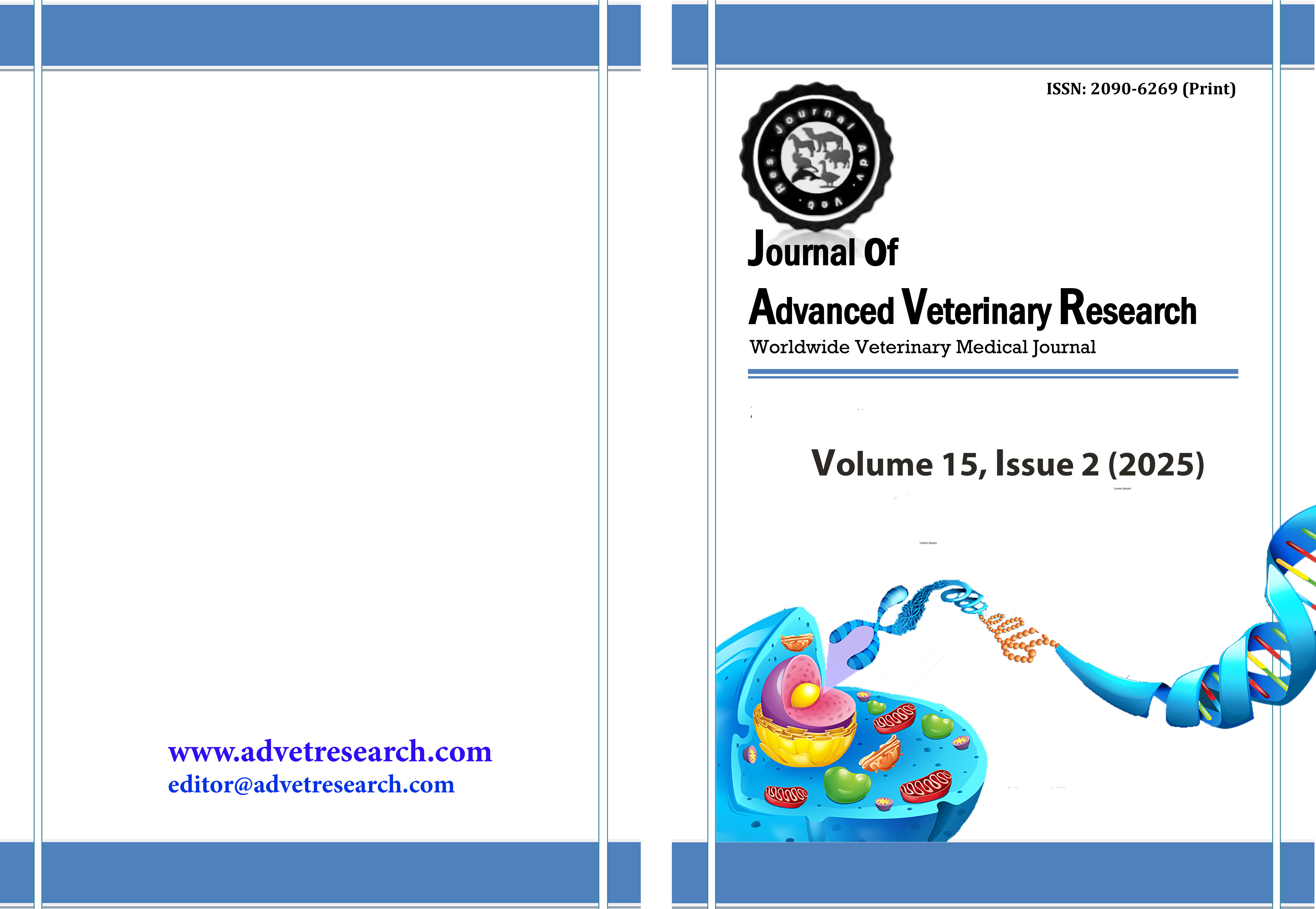Impact of high-oil diets with bile acids or bovine bile extracts on growth performance and histomorphology of liver and intestine in grower broilers
Keywords:
Bile acids, Broilers, Bovine bile extract, Growth performance, Income over feed costAbstract
This study investigated the effects of supplementing high-fat starter diets with bovine bile extract (BBE) and commercial bile acid (CBA) on growth performance, organ morphology, histomorphology of the small intestine and liver, fat digestibility, and economic outcomes in broilers during the starter phase. A total of 336 Cobb strain day-old chicks were randomly assigned to eight dietary regimens: BF (basal fat), HF (high fat), HF+CBA (200, 400, and 600 mg/kg), and HF+BBE (200, 400, and 600 mg/kg), with six replicates per regimen. The feeding trial was conducted from days 7 to 21. Data were analyzed using orthogonal contrasts and polynomial analysis. Results showed that CBA at low levels significantly increased body weight gain (P = 0.02). Additionally, BBE supplementation significantly increased body weight gain (P = 0.05), performance index (P = 0.03), and reduced feed conversion ratio (FCR) (P = 0.04). HF+CBA (200) and HF+BBE (600) treatments significantly reduced FCR (P = 0.01) and improved the performance index (P = 0.02) by day 21. CBA also significantly increased pancreatic weight (P = 0.02) and villus height (P = 0.01). BBE significantly reduced bile weight (P = 0.03), increased ileum weight (P = 0.04), and extended the length of the large intestine (P < 0.01). Economically, the treatments BF vs HF HF+CBA (200) and HF+BBE (600) increased revenue by 5.25% and IOFC by 12.29%, while HF+CBA (200) vs HF+BBE (600) raised IOFC by 9.71%. In conclusion, supplementing high-fat diets with CBA and BBE improved growth performance, digestive organ efficiency, and economic outcomes, and BBE at 600 mg/kg was identified as the optimal dose for supplementation.
Downloads
Published
How to Cite
Issue
Section
License
Copyright (c) 2025 Journal of Advanced Veterinary Research

This work is licensed under a Creative Commons Attribution-NonCommercial-NoDerivatives 4.0 International License.
Users have the right to read, download, copy, distribute, print, search, or link to the full texts of articles under the following conditions: Creative Commons Attribution-NonCommercial-NoDerivatives 4.0 International (CC BY-NC-ND 4.0).
Attribution-NonCommercial-NoDerivs
CC BY-NC-ND
This work is licensed under a Creative Commons Attribution-NonCommercial-NoDerivatives 4.0 International (CC BY-NC-ND 4.0) license




